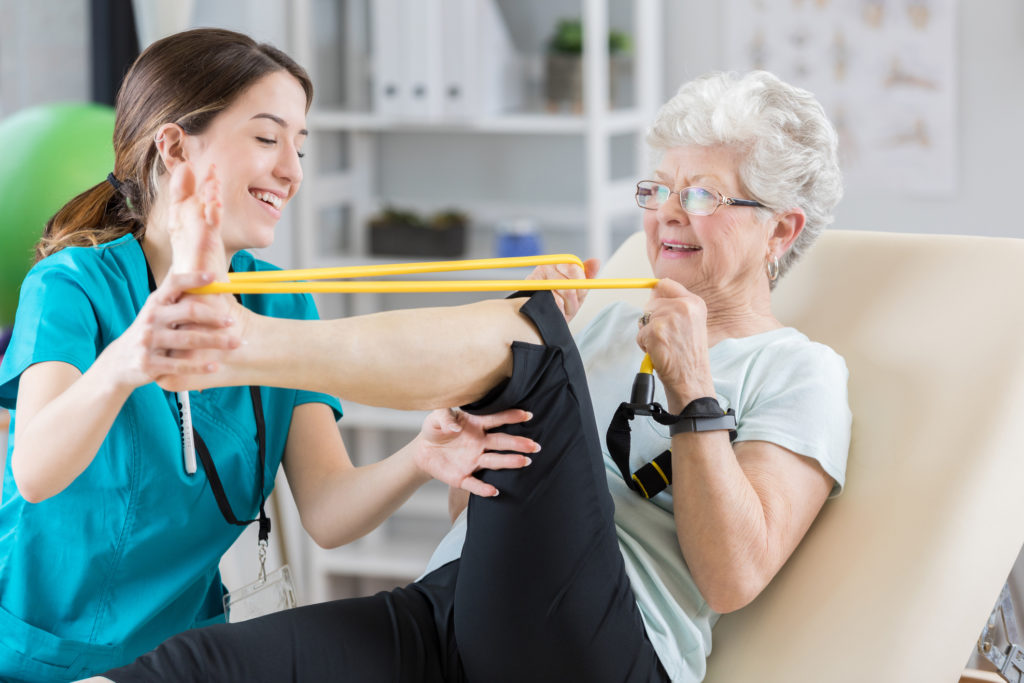Staying Active When You Have Arthritis

Did you know that arthritis affects people of all ages? According to the Arthritis Foundation, arthritis is the leading cause of disability in America—more than 50 million adults and 300,000 children have some type of this disease. However, it is most common among women, and it occurs more frequently as people get older.
Not so many years ago there was a common belief that people with arthritis should take it easy. They were told to rest their joints and to avoid movements that might be painful. We now know that this was very bad advice! Exercise is one of the best ways to keep the joints flexible, thereby lessening pain. Avoiding movement can lead to a downward cycle, in which a person with arthritis is afraid to move a painful joint … and the consequent immobility makes pain and stiffness all the worse.
It can seem counterintuitive to move a painful hand, knee, shoulder or other joint. So before beginning an exercise plan, it’s important to get an individualized exercise “prescription” from the doctor. This will most likely include low-impact, joint-friendly activities from four main categories:
- Range-of-motion exercises to improve flexibility and relieve stiffness
- Strengthening exercises to help muscles support the joints
- Balance exercises to reduce the risk of falls
- Aerobic or endurance exercises to reduce swelling in some joints and help maintain a healthy weight
A physical therapist can provide supervision during exercise to ensure you’re doing the movements correctly and safely. Other therapies they might provide include body mechanics training, massage, heat and cold treatments, splinting or electrical nerve stimulation. Your physical therapist can also help with the use of assistive devices such as walkers and canes (used improperly, these devices can make a person less safe). You might even learn how to do everyday things—like opening jars, getting dressed and putting on shoes – in new ways that overcome your limitations.
As with any physical therapy regimen, you’ll be encouraged to keep working at home on what you learn. The Arthritis Foundation notes, “The key to a successful outcome is learning the exercises from a physical therapist and practicing them at home over the long term. Improvement is gradual – the body gets stronger and more adept slowly over time – so consistent practice is essential.”
![CPT Rehab [logo]](https://www.cptrehab.com/wp-content/themes/cpt-rehab/images/logo.png)